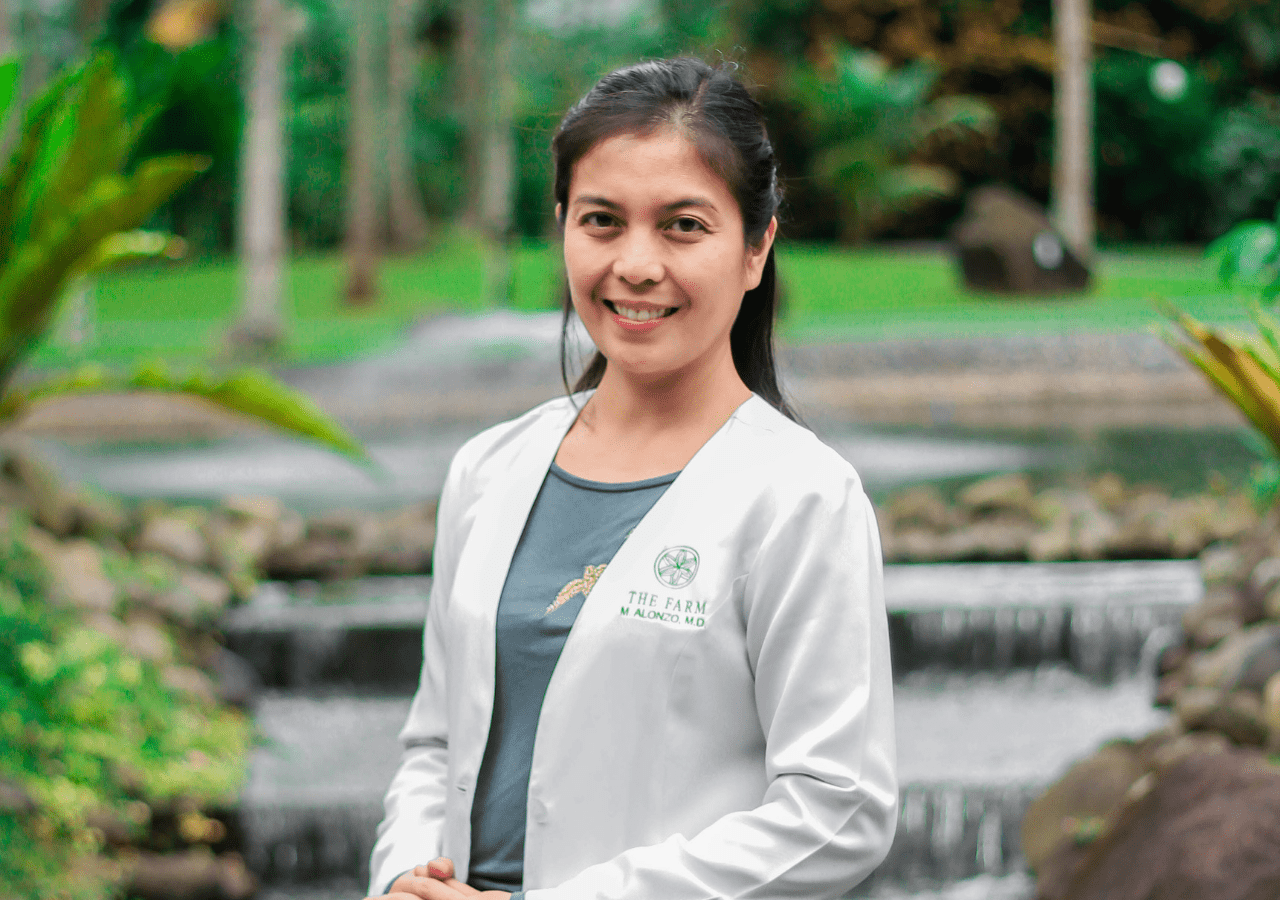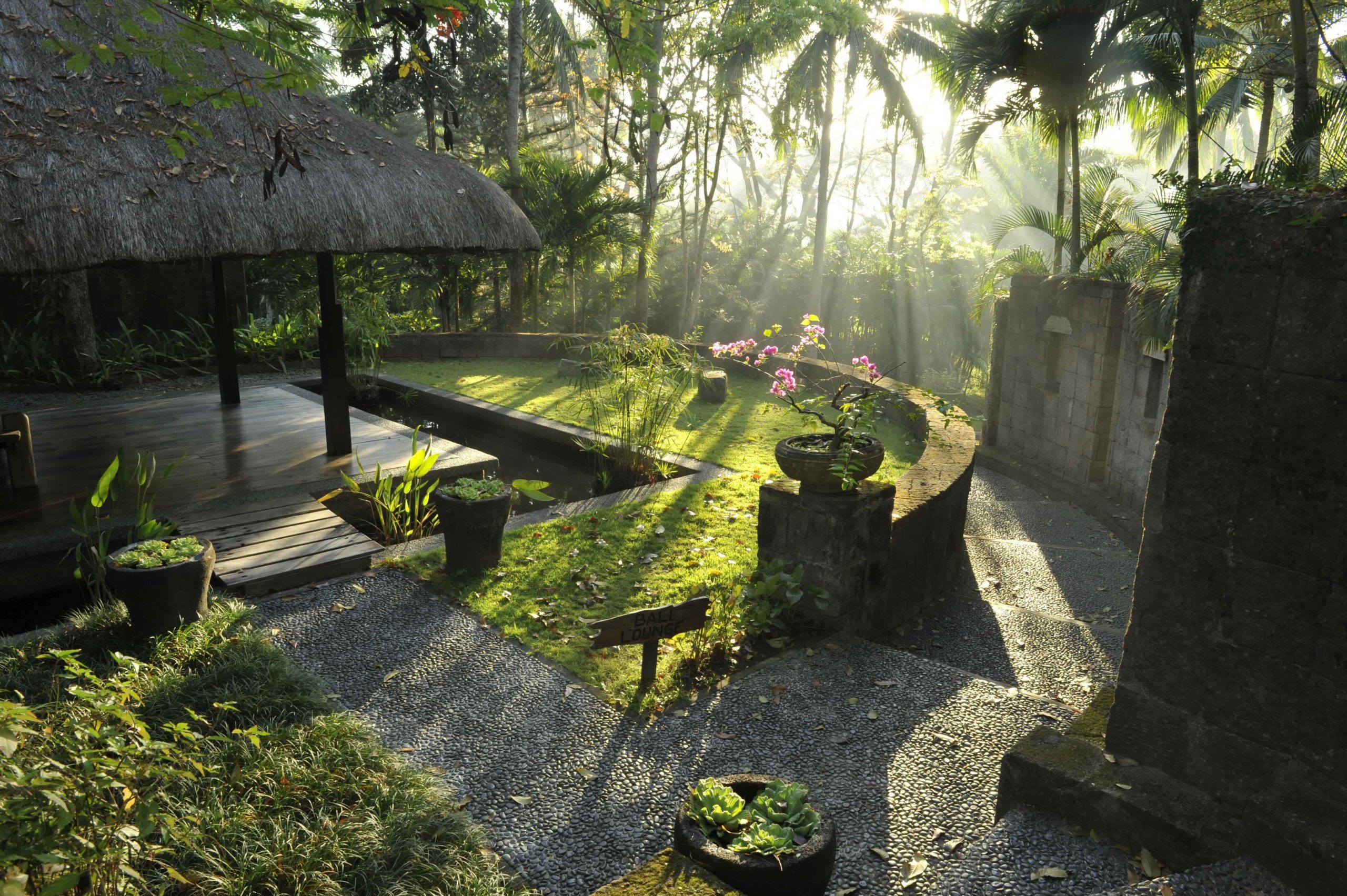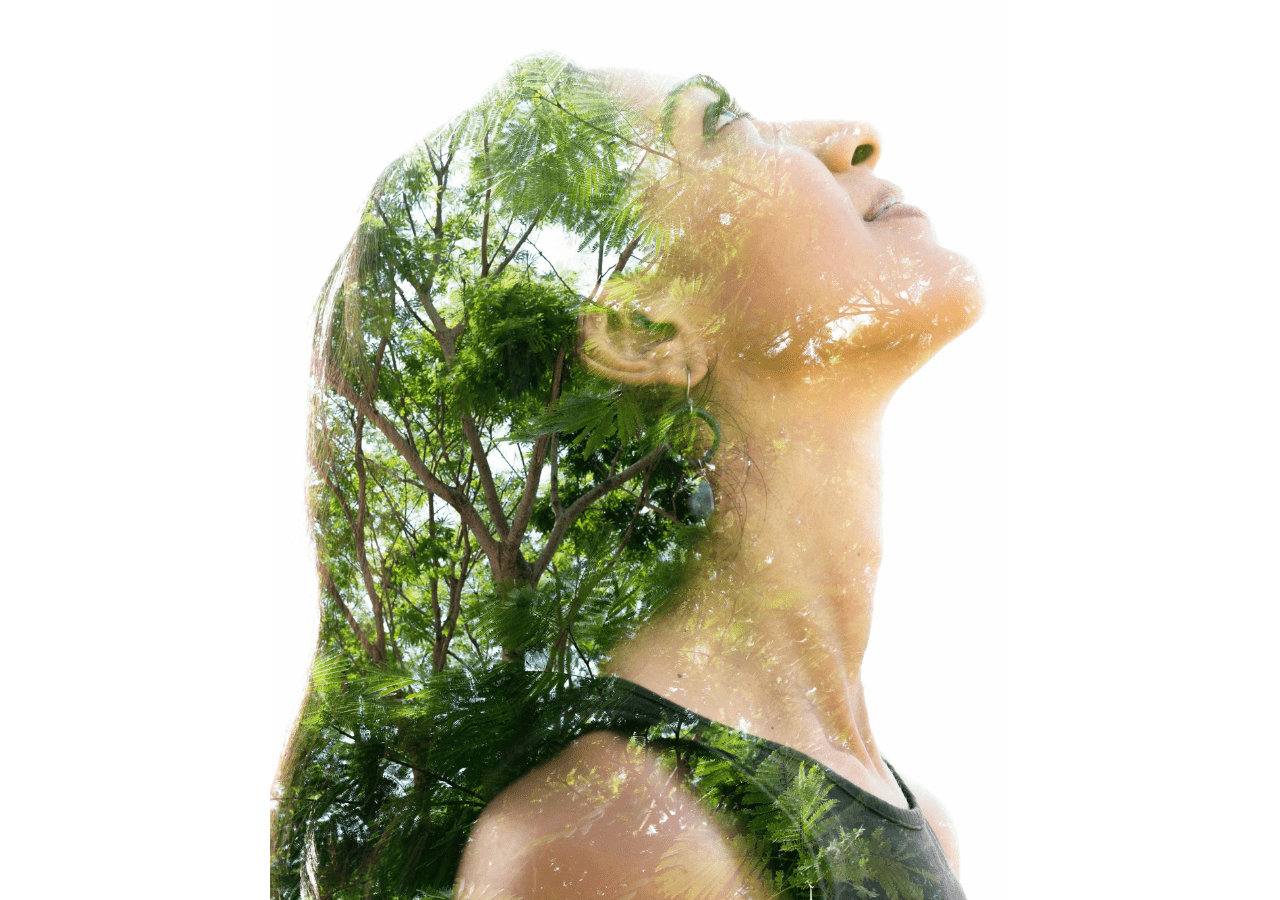Pure Health Hub shares one woman’s incredible path to healing through Ayahuasca, and the spiritual guidance of indigenous Peruvian Shipibo healers.
Suffering for many years with ongoing health issues including two serious autoimmune diseases, general fatigue and sleep issues, 50-year-old Jane had been searching for solutions, trying innumerable treatments from all kinds of sources since her late 20’s.
“Western medicine was limited in what it could do for me. It kept me alive during the worst of my illnesses, but I knew there was more. I tried homeopathy, naturopathy, various therapies, energy healing of different types – I even became a reiki master and learned EFT,” said Jane.
While these all took Jane a little further along the path, there were still blocks to her healing that she was struggling overcome.
“Aside from my physical health issues, I knew there were also issues around my attitude to myself and to life. I was anxious and had blocks to feeling loved and valued,” she explains.
Rejecting her Protestant upbringing, Jane decided to delve down other spiritual paths. After seeing a documentary about a group of people, including one with the same autoimmune disease as Jane, who headed to the jungles of Peru to take something called ayahuasca.
What is ayahuasca?
The South American psychoactive brew, traditionally used in Shamanic medicine, is made from the Banisteriopsis caapi and Psychotria viridis plants and can lead to an altered state of consciousness. The multi-sensorial effect of Ayahuasca alters a person’s thinking, sense of time and emotions.
It is believed that by shining the light of consciousness into the more shadowy corners of our psyche, Ayahuasca helps seekers connect to all parts of themselves, including the painful parts. By acknowledging and directly confronting them, a person can release the suffering attached to them.
Recent research indicates that Ayahuasca may have other benefits for brain health, with some studies demonstrating that its active ingredients— DMT and β-carbolines — exhibit neuroprotective and neurorestorative qualities. While DMT activates a protein that blocks neurodegeneration, studies show that Harimine – the primary β-carboline found in Ayahuasca – has anti-inflammatory and memory boosting qualities and regular exposure can stimulate proliferation of human neural progenitors.
Jane was intrigued, but with no safe way to get there, she put it on the back burner and continued her exploration of alternative healing options at home. But after meeting some people who had experienced ayahuasca, she made plans to go to Peru, even going as far as buying her flights when, like so many other people, her plans lay in ruins as the COVID-19 pandemic spread around the world.
While the world was in lock down, Jane continued to explore the possibilities of experiencing Ayahuasca. She knew Ayahuasca was powerful, and reactions could be both physical and mentally intense so anyone planning to partake in it would need to be extremely cautious. The experience, were she to undertake it, would need to be performed by ethical leaders and healers to avoid any risk of physical harm or assault.
Finding an ethical healer
She soon discovered Soltara Healing Center Ayahuasca Retreat in Peru where, under the guidance of indigenous Peruvian Shipibo healers, and in collaboration with clinical psychologists, she could undertake a healing retreat integrating Ayahuasca, embodiment, and empowerment practices to aid personal healing.
Soltara’s shamanic health retreats would safely address every aspect of the healing process, acknowledging that while many illnesses and disease have roots in physical being, it is impossible to heal without addressing the mental, emotional, and spiritual pillars of health. These were the very blocks she knew in heart she needed to overcome.
The Soltara retreats had been recommended by advisory board member, ethnopharmacologist and research pharmacognosist Dr. Dennis McKenna, the brother of late ethnobotanist and psychonaut Terence McKenna. Delving deeper, Jane soon discovered that, Dr Gabor Maté, was also on the advisory team. A world-renowned trauma expert, the retired physician and author whose groundbreaking medical work on addiction, trauma, childhood development, and the relationship of stress and illness saw him awarded the Order of Canada.
“I liked Soltara’s emphasis on emotional safety was well as physical safety, and their efforts to help each visitor integrate their experience back into their normal lives,” said Jane.
So, when the world reopened in 2022, Jane took her opportunity. Now in her 50th year, she set out on the 36-hour trip to Tarapoto, Peru, to spend 12 days in inside a heavily protected part of the Amazon rainforest, at Soltara’s longest and most intensive retreat. It would prove life changing.
“I knew it was going to be a lot, but I rationalised that I was going a long way and didn’t know if I would be able make this trip again.”
To assure complete safety and well-being, all visitors health conditions and medications are screened before a retreat. Ayahuasca is not recommended for people with psychosis or bipolar disorders and is contraindicated in people with heart problems or high blood pressure. Soltara also requires participants to cease the use of certain medications that are contraindicated (but only where this would not pose a health risk and under medical advice and supervision), as well as any recreational drugs including marijuana, and alcohol.
To prepare the body to receive the Ayahuasca plant medicine, the retreat has dietary requirements which they request attendees discuss with their own doctors before their visit. The diet is focused on whole foods and limits processed foods as well as foods high in salt, sugar, oils and animal fats.
Prior to her departure Jane began Soltara’s prescribed diet and gradually cut out sugar, caffeine, alcohol, red meat and spicy foods in preparation for the retreat.
The retreat experience
“The retreat itself had no internet or mobile connections, so we could focus on our healing. As the focus was on the healing we were to receive, and understanding how intense the ceremonies could be, the time was structured gently. We had delicious home-made meals each day that followed the diet we had been pre-prescribed. The cooks made an enormous effort to make the food look good too.”
Jane says she found the retreat quite fluid. Each day retreat guests could choose to participate in yin yoga, prior to the ceremonies., which started at 7pm and continued to almost midnight each day.
“We could interact as much or as little as we wanted with the facilitators and the other participants, sometimes playing music, reading or playing games like chess. Nothing too physical, but with plenty of time for journaling and reflection. We could walk around the paths of the retreat if we wanted, and saw monkeys, birds, and insects every day. The standout for me were the giant butterflies.”
After breakfast each morning we enjoyed a ritual flower bath. “Two Shipibo shamans who were facilitating our ceremonies would poure water over us that had flowers in it, as part of a cleansing ceremony to enhance our healing from the ayahuasca.”
The flower water would attract butterflies, which Jane describes as surreal. Then ceremonies would take place in a maloca (meeting place) that was structured like a large yurt with netted windows and adjoining bathrooms. Jane and her fellow participants would sit silently on mats around the edge of the maloca as they focused on their individual journeys.
Around the circle, each person would take ayahuasca, the plant medicine proffered by the Shipibo shamans facilitating the ceremonies.
“It was around 30mls and tasted stronger than any other herbal concoction I’ve ever tried,” Jane recalls. “I’ll be honest, we were all very grateful that there wasn’t much to drink. It wasn’t pleasant. But I was here for healing, so I took it.”
Then the participants would return to their mats and wait in silence for the medicine to do its thing. “The maestros would begin to sing their healing song, their voices dancing around each other, rising and falling as they called to the medicine. Then they moved around the circle, each maestro taking a turn to sing a healing song directly to each of us.”
Laying back on their mats the participants would then experience whatever the medicine brought, until it ran its course, and the ceremony would be declared over.
“The maestros were very happy, relaxed people. We were with them for the flower baths and ceremonies, and they shared insight into their cosmology and general life through an interpreter. The only other time we interacted with the shamans was when we sat with them, and an interpreter, to explain why we had come. I spoke about my desire for healing. I knew by now that the healing had to be emotional rather than physical. They were incredibly compassionate,” Jane explains.
Finding peace
“The standout moment was after the first of the seven ceremonies,” recalls Jane.
“I had a complete reframe of the story I had been telling myself of my life. It shifted from one with a lack of agency to one as a creator. This was incredibly powerful in ways I can’t adequately express.”
Jane describes another ceremony where she was given a specific task for a general life purpose as another standout, and by the end of the retreat says she not only felt calm, relaxed and at peace, but more like herself than she had felt before.
“The work with the medicine, while very difficult in places, was what I had been looking for. It has opened new ways of thinking, but it also comes with homework. There are new ways of being and thinking which I need to practice until they become habit,” explains Jane
“Things are changing. I have more energy. I can sleep. Most needed of all, the relationship I have with myself is improving. This is where the long-term benefits lie and for that I am truly grateful to the medicine and the maestros.”
Beyond the retreats, Soltara offers continued support to help retreat participants “bridge the gap from a transformed self to a transformed life.”
While ultimately, Ayahuasca proved the fastest way to unblock issues that has been standing in Jane’s way, she points out that there’s no getting past continuing the long-term work once you return.
Ayahuasca makes you filter information differently, changing the distinction you make between ‘you’ and the outside world, which offers space for new ways of thinking to take place. Once these new ways of thinking happen, you need to strengthen those new neural connections, to make the changes stick.
“The long-term benefits are from what you do with the new knowledge you gain,” says Jane, who after her experience unreservedly recommend Soltara, but believes that anyone who would consider taking an Ayahuasca retreat to thoroughly research where it is, the people running it, and the environment you’ll be in.
“It’s not something to be taken lightly. I didn’t find the actual medicine fun, but the results were absolutely worth the discomfort.”
Recommended Reading:
Listening to Ayahuasca: New Hope for Depression, Addiction, PTSD, and Anxiety
Disclaimer: This article provides general information only, and does not constitute health or medical advice. If you have any concerns regarding your mental or physical health, seek immediate medical attention.








